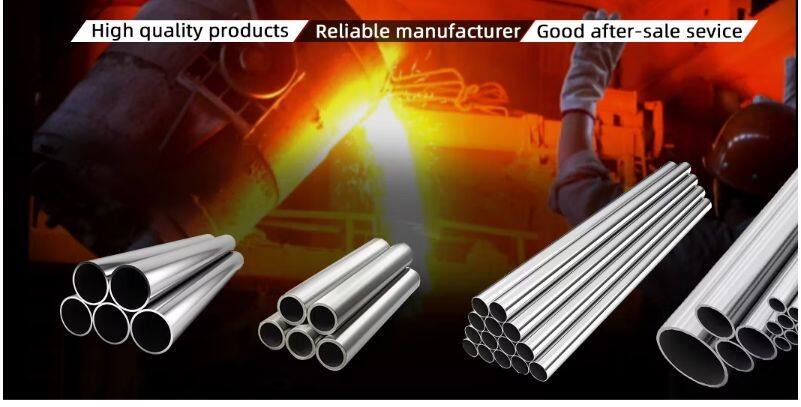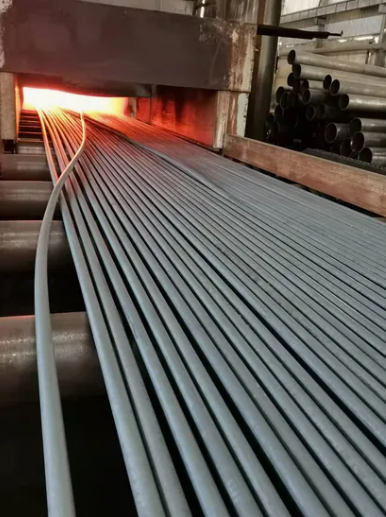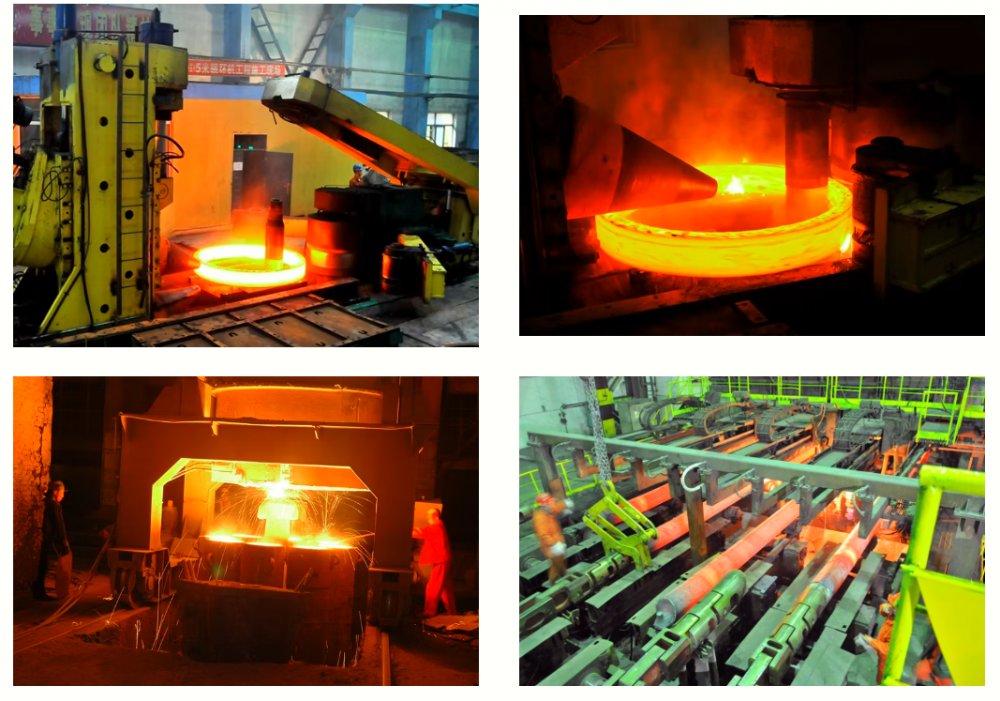Home > Blog > When performing solution treatment on duplex stainless steel pipes, what details should be noted?
-
 Laijing Bu
Hi there! Welcome to my shop. Let me know if you have any questions.
Laijing Bu
Hi there! Welcome to my shop. Let me know if you have any questions.
Your message has exceeded the limit.

When performing solution treatment on duplex stainless steel pipes, what details should be noted?
2025-06-30 12:39:37
The solution treatment of duplex stainless steel pipes requires attention to details such as temperature, holding time, and cooling rate to ensure the uniformity of the microstructure and corrosion resistance. 
The specific points are as follows: First, precise temperature control: Set the temperature range accurately. For conventional duplex steel (such as S32205), it should be controlled at 1050-1100℃, and for super duplex steel (such as S32750), it should be 1100-1150℃. A temperature that is too low may lead to the retention of precipitated phases (such as σ phase), while a temperature that is too high will reduce the proportion of austenite, affecting performance. The uniformity of furnace temperature is required: The temperature difference within the furnace should be ≤±10℃. It is recommended to use vacuum furnaces or protective atmosphere furnaces (such as nitrogen) to avoid high-temperature oxidation and chromium loss on the surface, which would affect corrosion resistance. Second, control of holding time: Adjust the duration based on the wall thickness. Generally, the holding time is 1-2 minutes per millimeter of wall thickness (δ). For example, if δ=10mm, the holding time should be 10-20 minutes to ensure the complete dissolution of carbides and the homogenization of the two-phase structure.
 Avoid excessive holding time: Exceeding the optimal time may lead to coarse grains, reduced plasticity and toughness, and increased energy consumption and oxidation risk. Third, control of cooling rate: Rapidly cool to below the phase transformation temperature. Cool from the solution temperature to below 400℃ (such as water cooling or air cooling + forced air cooling) to prevent the formation of the 475℃ brittleness zone (ferrite precipitation leading to hardening) and σ phase (Cr-Fe intermetallic compound). The cooling rate should be ≥50℃/s. Selection of cooling medium: Thin-walled pipes (δ≤5mm) can be air-cooled, while thick-walled pipes (δ>5mm) must be water-cooled to avoid uneven cooling and resulting in non-uniform microstructure or stress concentration. Fourth, surface protection and cleaning: Prevent oxidation and decarburization. Before entering the furnace, remove surface oil and oxide scale, and apply high-temperature anti-oxidation agents. If an air furnace is used, acid washing (such as 10% hydrofluoric acid + 30% nitric acid solution) should be performed after cooling to remove the oxide layer and restore the passive film. Avoid contamination and residue: Tools in contact with the pipes should be made of stainless steel or ceramic to prevent iron ion contamination (such as iron filings causing local corrosion). Fifth, control of stress and deformation: Optimize the loading method. Pipes should be vertically suspended or horizontally placed on heat-resistant supports, avoiding stacking and squeezing to prevent elliptical deformation due to self-weight at high temperatures. The distance between supports should be ≤1.5 meters. Post-cooling stress relief treatment: For precision pipe fittings, low-temperature annealing at 200-300℃ can be performed after solution treatment to eliminate cooling stress and avoid deformation due to stress release during subsequent processing. Sixth, performance testing and verification: Metallographic structure inspection: Randomly sample and observe the proportion of austenite and ferrite (target 45%-55%), no residual precipitated phases, and grain size 5-8 grades (ASTM standard). Hardness test: The hardness after solution treatment should be ≤HB290. If it exceeds this value, the temperature or holding time should be readjusted to avoid the aggravation of work hardening tendency. Strictly controlling the above details can ensure that duplex stainless steel pipes obtain a uniform two-phase structure after solution treatment, improving corrosion resistance and processing performance.
Avoid excessive holding time: Exceeding the optimal time may lead to coarse grains, reduced plasticity and toughness, and increased energy consumption and oxidation risk. Third, control of cooling rate: Rapidly cool to below the phase transformation temperature. Cool from the solution temperature to below 400℃ (such as water cooling or air cooling + forced air cooling) to prevent the formation of the 475℃ brittleness zone (ferrite precipitation leading to hardening) and σ phase (Cr-Fe intermetallic compound). The cooling rate should be ≥50℃/s. Selection of cooling medium: Thin-walled pipes (δ≤5mm) can be air-cooled, while thick-walled pipes (δ>5mm) must be water-cooled to avoid uneven cooling and resulting in non-uniform microstructure or stress concentration. Fourth, surface protection and cleaning: Prevent oxidation and decarburization. Before entering the furnace, remove surface oil and oxide scale, and apply high-temperature anti-oxidation agents. If an air furnace is used, acid washing (such as 10% hydrofluoric acid + 30% nitric acid solution) should be performed after cooling to remove the oxide layer and restore the passive film. Avoid contamination and residue: Tools in contact with the pipes should be made of stainless steel or ceramic to prevent iron ion contamination (such as iron filings causing local corrosion). Fifth, control of stress and deformation: Optimize the loading method. Pipes should be vertically suspended or horizontally placed on heat-resistant supports, avoiding stacking and squeezing to prevent elliptical deformation due to self-weight at high temperatures. The distance between supports should be ≤1.5 meters. Post-cooling stress relief treatment: For precision pipe fittings, low-temperature annealing at 200-300℃ can be performed after solution treatment to eliminate cooling stress and avoid deformation due to stress release during subsequent processing. Sixth, performance testing and verification: Metallographic structure inspection: Randomly sample and observe the proportion of austenite and ferrite (target 45%-55%), no residual precipitated phases, and grain size 5-8 grades (ASTM standard). Hardness test: The hardness after solution treatment should be ≤HB290. If it exceeds this value, the temperature or holding time should be readjusted to avoid the aggravation of work hardening tendency. Strictly controlling the above details can ensure that duplex stainless steel pipes obtain a uniform two-phase structure after solution treatment, improving corrosion resistance and processing performance.
Tags: Temperature Control, Control of Holding Time, Control of Cooling Rate


